No overindulgent gourmand worth his salt fails to own a stilton scoop. Mine has a bone handle and Mappin & Webb silver plate. It has an ingenious contraption to release the cylindrical pellet of cheese: a bit like those retro ice cream scoops that, with a little squeeze, crack like a whip, the metal slicing under ice as vicious as a mousetrap. My stilton scoop is gentler. One releases the mouldy blue at one’s own pace, until it falls sensuously on to the plate. It is used just once a year, at Christmas, like the cookie-cutter and the nut-cracker.
Why this extended detour about a kitchen utensil? Because one cannot talk about cheese at Christmas without talking of stilton. It is the festive cheese, as Christmassy as the dreaded Mariah Carey music and rivalling brandy butter as the most important dairy component of the festive season. The Colston Bassett Stilton sold by Neal’s Yard Dairy is a classic choice. It is one of the last remaining hand-ladled stiltons and uses a traditional rennet for a longer, more complex taste. Eat it with a good port, or even a porter, as recommended by Ned Palmer, author of the essential A Cheesemonger’s History of the British Isles.
What else should grace your cheeseboard? Baron Bigod, the UK’s first unpasteurised brie, is a great choice to start things off: pleasingly, in recent years more and more French retailers have started buying the cheese. It has ‘bright, grassy, rich-cream flavours of the paste paired with the more earthy and mushroomy rind’. For a goat’s cheese try Sinodun Hill, from Norton and Yarrow in Oxfordshire, which is similar to the fluffy-textured goat’s cheeses from the Loire Valley. And you need at least one crowd-pleaser for the less adventurous, for which there’s nothing safer or better than a cheddar – try the excellent cave-aged cheddar from Paxton & Whitfield. It is a ‘well-balanced sweet and salty cheese, with a dense and brittle paste and moreish creaminess’ and ‘big, pineapple fruity notes and satisfying nuttiness’. What else? I asked the experts at the great champions of British cheese, Neal’s Yard Dairy, and the country’s oldest cheesemonger, royal warrant holders Paxton & Whitfield, to recommend some of their other Christmas favourites – see below for their picks.
You’ll notice that mine is an all-British line up. We hardly need to leave our own shores given the variety of outstanding cheese available here. The irony of the question famously posed by De Gaulle – ‘How can you govern a country which has 246 varieties of cheese?’ – is that in the UK we now produce more varieties of cheese than the French (some 1,000 types, almost double their number). You could add some joie de vivre to your cheeseboard with some Comté Vieux. And you could get some Swiss alpine chic from gently heating a Vacherin Mont-d’Or in the oven. You could, but you hardly need to.
Don’t forget to take your cheeses from the fridge at least 45 minutes before serving for optimum texture and taste. As for crackers and biscuits, there are limitless fancy options but I find it hard to beat Jacob’s cream crackers, Carr’s table water biscuits – frugal and dry for the ooziest of cheeses – and McVitie’s digestives. Of course you could also go for some wholemeal oatcakes, such as Stockan’s from the Orkney Islands, or make your own with caraway and thyme. And you could do much worse than include some Fortt’s Bath Olivers, thankfully saved from extinction by a band of laudable enthusiasts that included Jacob Rees-Mogg.
For fruit, a crunchy Braeburn or a Cox’s orange pippin, a few grapes and a celery stick if you must. For chutney, there’s membrillo or piccalilli or Branston Pickle. Or if you want something more decidedly festive then perhaps Paxton’s spiced apricot, cranberry and orange chutney.
As for me, I may choose to forgo the idea of cheeseboard altogether and just go for a whole baby stilton. It is true that few of us, myself included, have enough friends to consume such a large amount of blue cheese. Though I would argue that a stilton and port party has not inconsiderable pulling power. I suspect it will all get eaten. And of course, my favourite tool will play a starring role. I shall bring it out on its own silver tray to collective ‘ooos’ and ‘ahhhs’ from the assembled guests. The humble cheese course turned high theatre.
The experts’ recommendations
Neal’s Yard Dairy
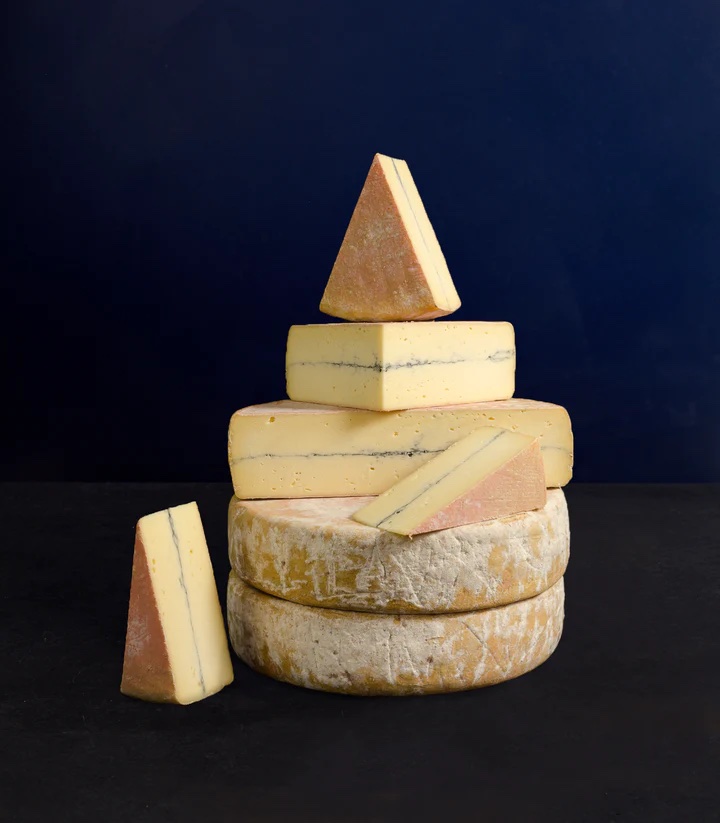
‘I love the Ashcombe from David Jowett in Gloucestershire. It’s supple and giving, with warm yet not overpowering washed-rind flavours, and with its line of ash it lends a unique look to a cheeseboard.’
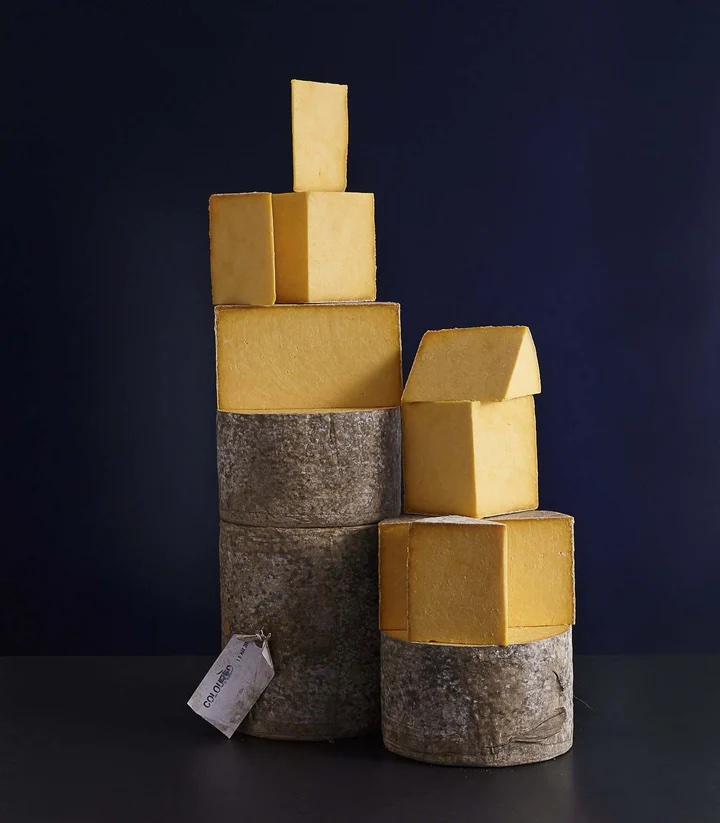
‘Appleby’s Cheshire is a perfect mixture of richness and warmth with a flush of juicy, fresh acidity to liven things up.’
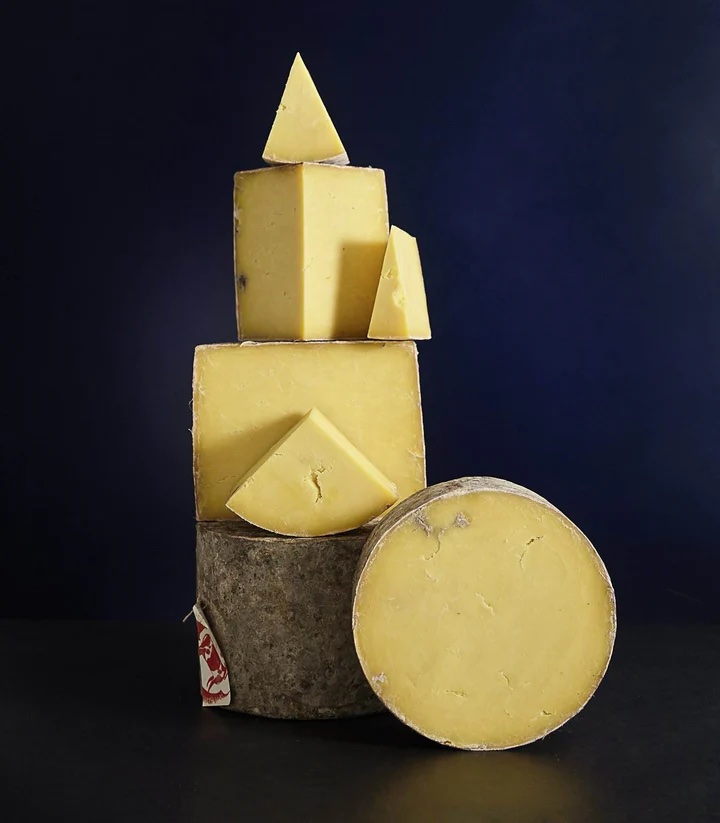
‘Made on a small organic dairy farm in deep West Wales, Hafod is a distinctive and delicious addition to the Cheddar category. Its bright yellow paste is a reminder of the forage-rich diet of the farm’s Ayrshire cows, and depending on the wheel, the flavour can range from bright and grassy to rich and beefy.’
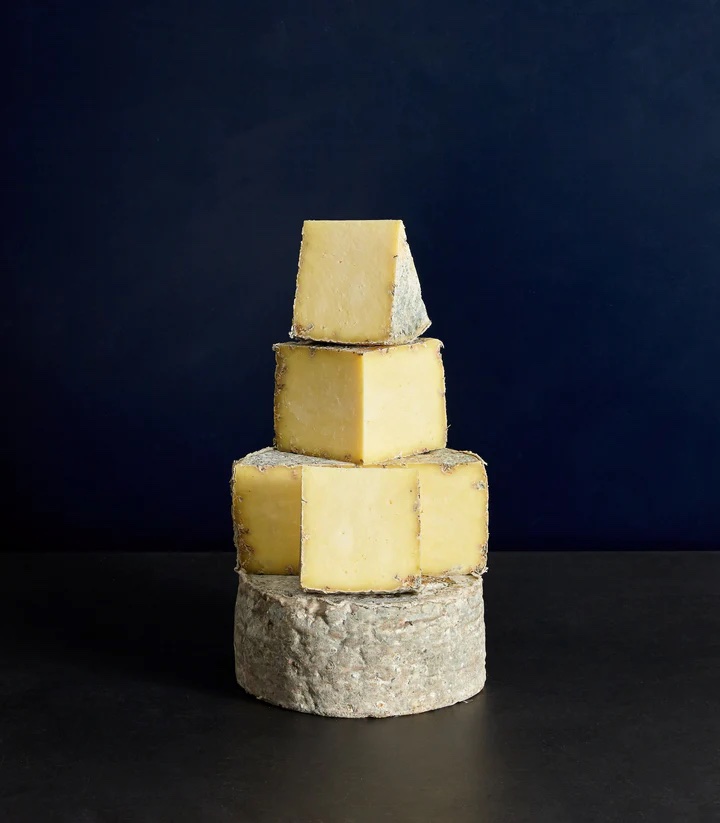
‘Andrew and Sally Hattan milk their 25 Northern Dairy Shorthorns only once a day between April and October when the cows are outside grazing on species rich meadows. Luckily the last of the 2022 season’s Stonebeck Wensleydale will be on point at Christmas. The flavours are as complex as the meadows are diverse, incorporating herbs and fruits and earthiness often with a yoghurt tang and a rich butteriness.”
Paxton & Whitfield
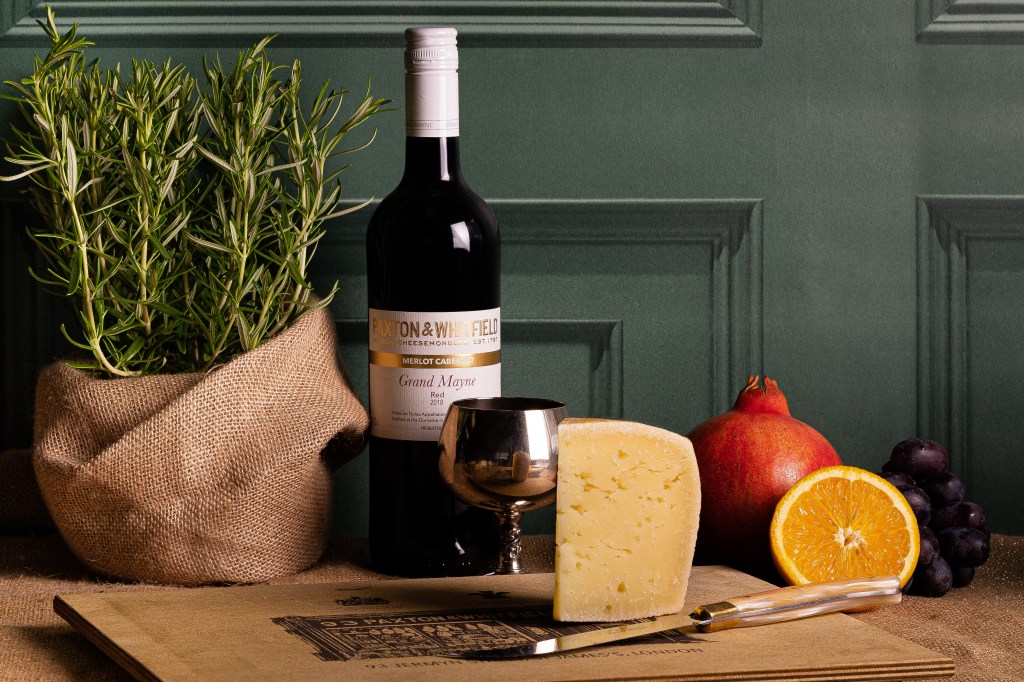
‘This new cheese is made at Holker Farm in the Lake District in summer when the milk production is high and then transferred to Paxton for maturation. The moulds are regularly brushed down and the cheeses turned twice a week. The flavour of this first batch is bright and juicy. There is a fruitiness which is well balanced by savoury notes, with a subtle sweetness coming from the ewes’ milk.’
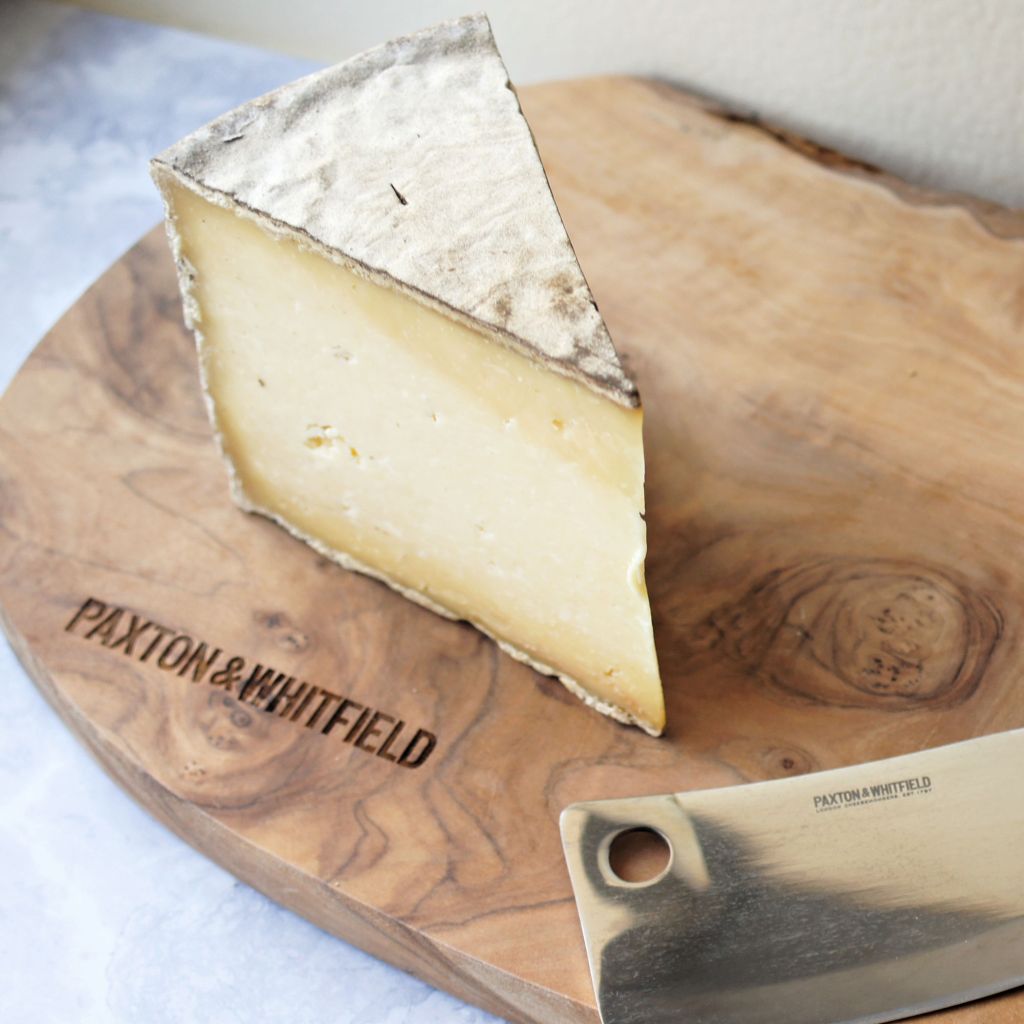
‘Gorwydd Caerphilly has a creamy softness by the rind, which ripens from the outside in, whereas the centre of the cheese is crumbly, acidic and bright. The cheese is made by the Trethowan brothers on their dairy in North Somerset.’
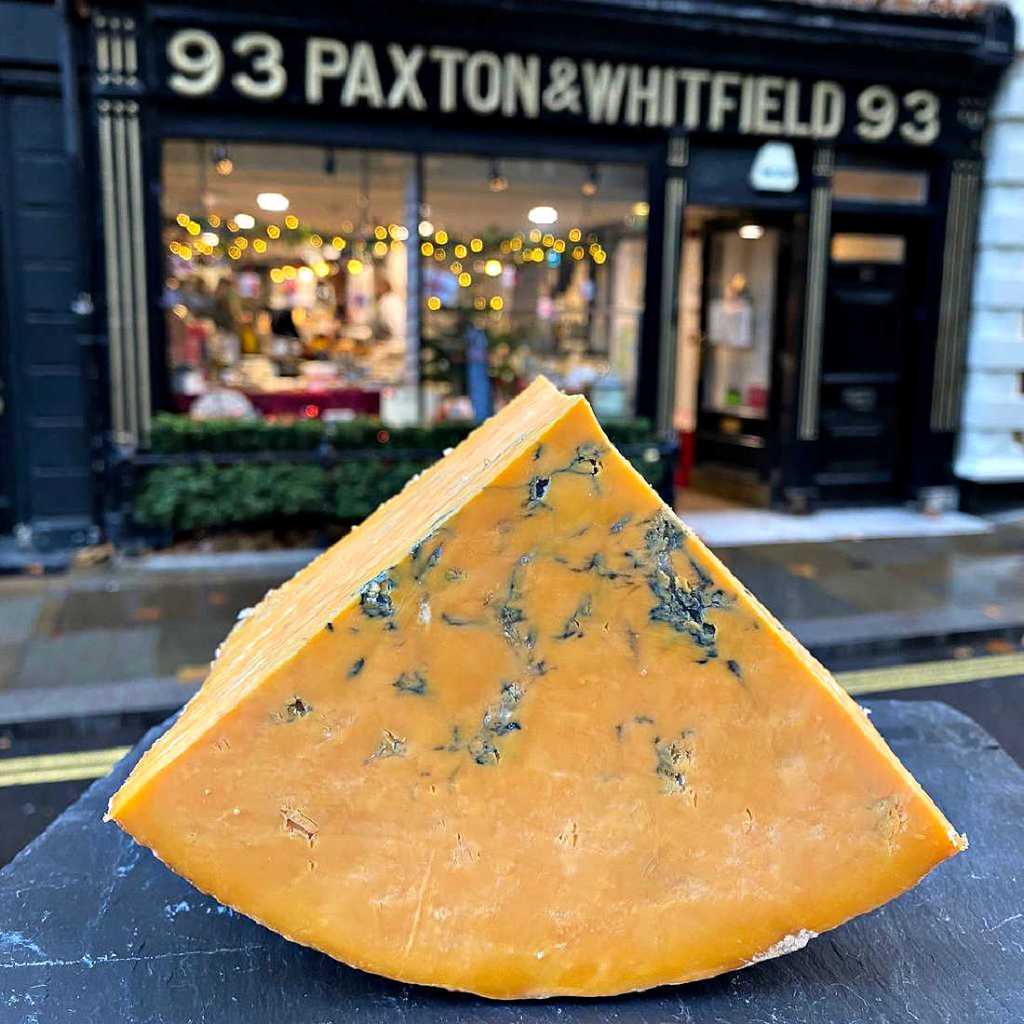
‘Sparkenhoe Shropshire Blue is a raw-milk cheese made in Upton, a small hamlet in the Southwest Leicestershire countryside, on Sparkenhoe Farm. The cheese has a mellow rich and buttery taste and is a delicious hue of orange and blue.’

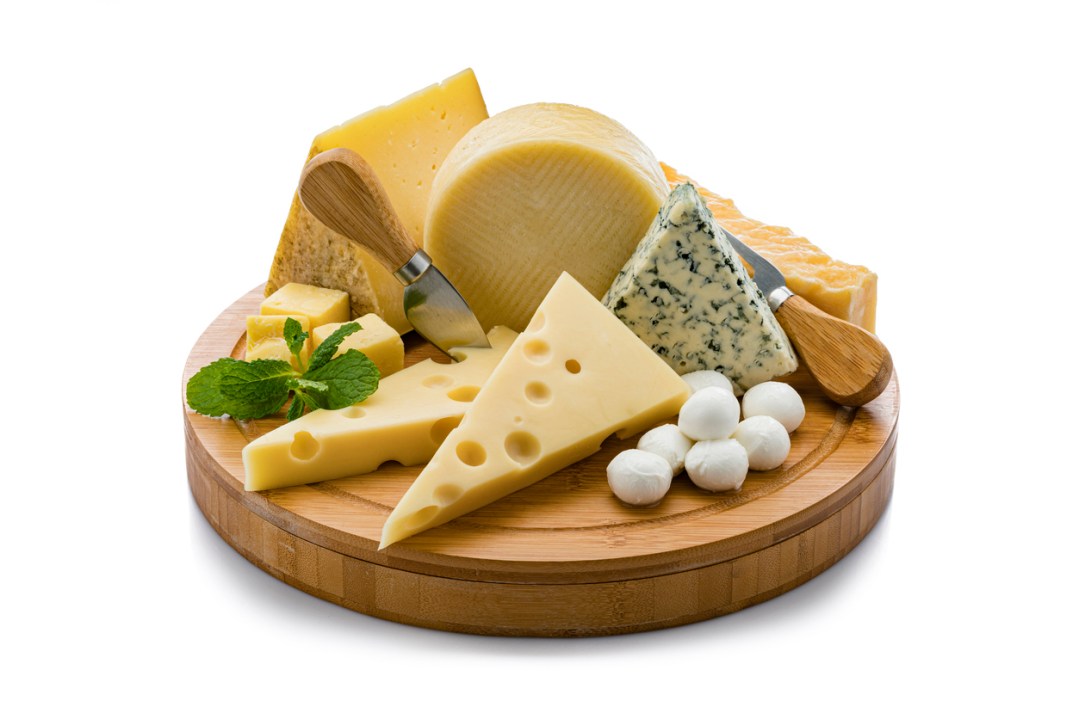





Comments